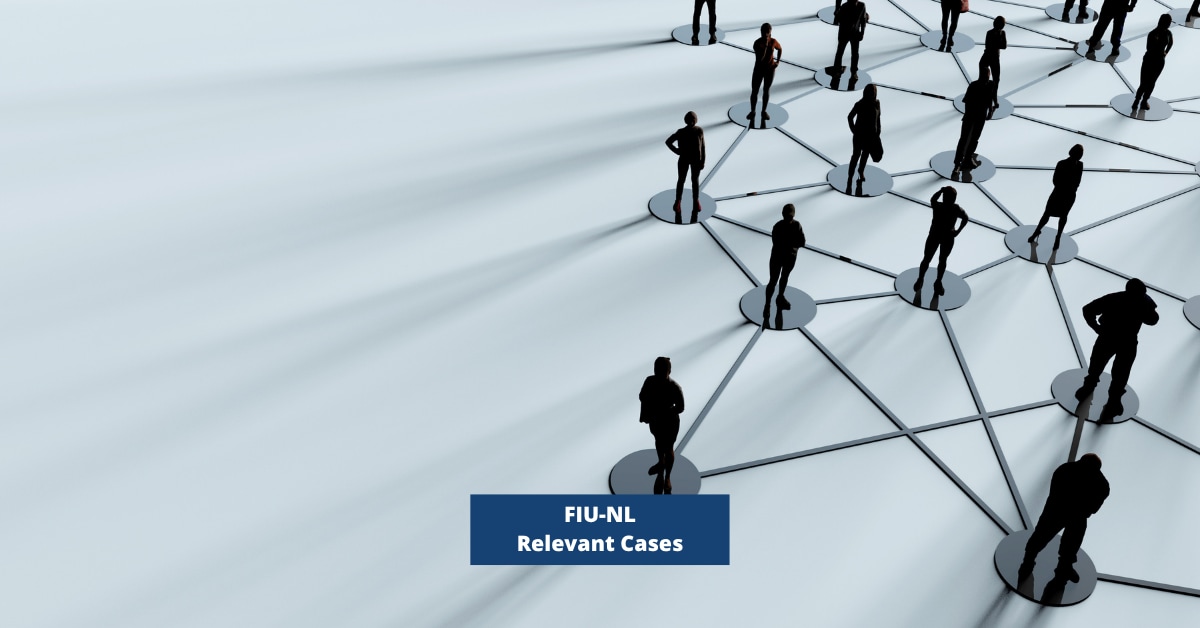Analysis exposes alleged criminal network
At FIU-the Netherlands, we frequently analyse networks, sometimes in collaboration with other organisations such as Fintell Alliance.* Reports of unusual transactions we receive are always the starting point.

The networks we analyse, often involve a combination of illegal activities such as large-scale VAT and healthcare fraud, money laundering of criminal cash and other criminal activities. In one of our analyses, we mapped out a network that is suspected of being involved in large-scale money laundering and fraud.
The criminals in this network do this by setting up a structure of dozens of legal entities with front men. Based on analyses within the Fintell Alliance, there are strong indications that professional money launderers manage the accounts of these legal entities. Money from more than 150 companies flows into these accounts.
Cash compensation
These companies are active in labour-intensive sectors such as transport, healthcare, construction and infrastructure. This is likely to involve cash compensation.** There are indications that within this network, criminal cash is sold by professional money launderers to the many labour-intensive companies, which in exchange pay false invoices. The entrepreneurs then appear to use the cash to pay their staff in full or in part under the table, which yields a tax advantage.
Luxury goods and third-party payments
The money in the business accounts is managed by the money launderers and is therefore not used to pay salaries. The joint analyses by the Fintell Alliance reveal that the money in these accounts is mainly used to purchase (luxury) goods. This often happens through schemes that appear to involve tax fraud.
Large amounts of gold are also purchased, and we see purchases of goods abroad that appear to have no connection with the business activities here in the Netherlands. This may indicate third-party payments.
System-oriented approach
This analysis clearly illustrates how organised professional money launderers operate by using entire networks of legal entities. This analysis has, of course, also been passed on to an investigation service. However, given the complexity of this problem, we are also using the insights gained within the chain for a preventive approach through barriers at banks, for example. In this way, we are making use of the preventive power of the Dutch act for the prevention of money laundering and terrorist financing (Wwft). Together we see more.

